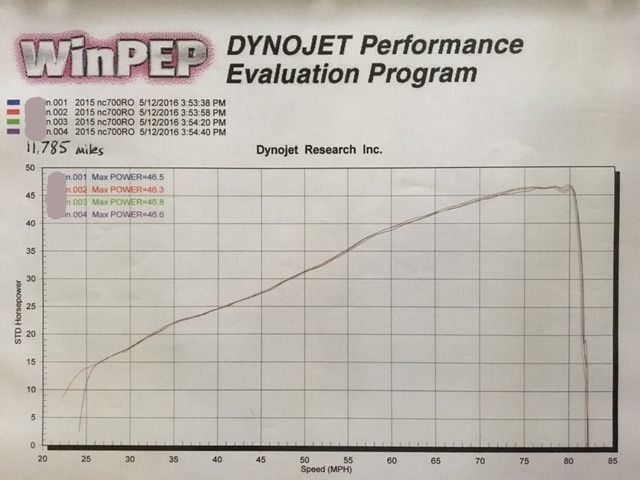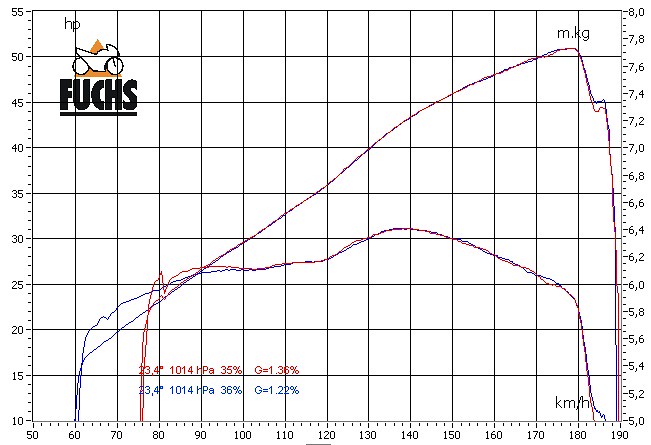dduelin
Site Supporter
A while back I wanted to place my DCT on a dynometer but unless the front wheel is turning the DCT will not shift out of first gear, which prevents a dyno run. It's not that important to me so I forgot about it. When I rode the demonstration NC700X DCT at Bike Week I got to thinking about this again. On the demonstrator the front wheel is clamped and secured to the demonstrator frame. The rear wheel is free to turn a free-wheeling weighted drum so you start the bike, put it in D or S and let it run up through the gears. The front wheel is obviously not turning in this configuration and yet the DCT operates normally. I'm guessing the PCM uses ABS sensor data to to determine whether or not the front wheel is turning. Do you think it's as simple as pulling the ABS fuse or power supply to defeat the system?
Has anyone ridden their ABS equipped bike after pulling the power supply to the ABS?
Has anyone ridden their ABS equipped bike after pulling the power supply to the ABS?




